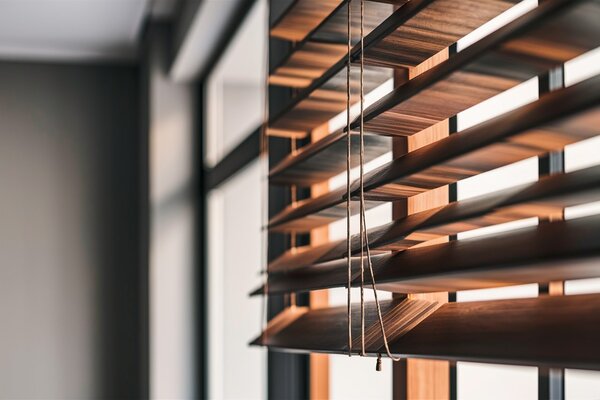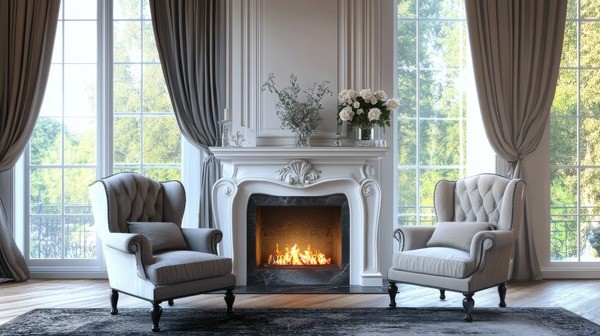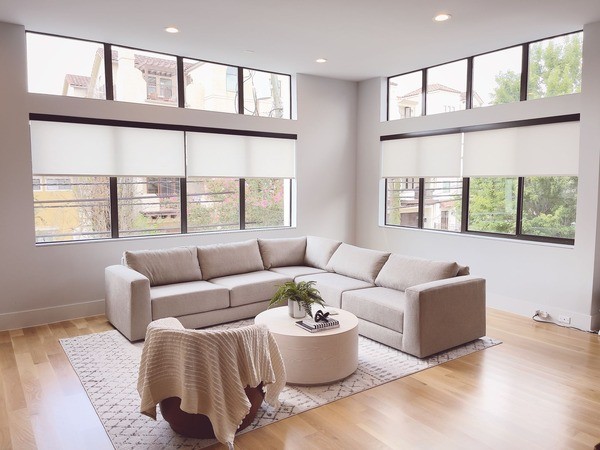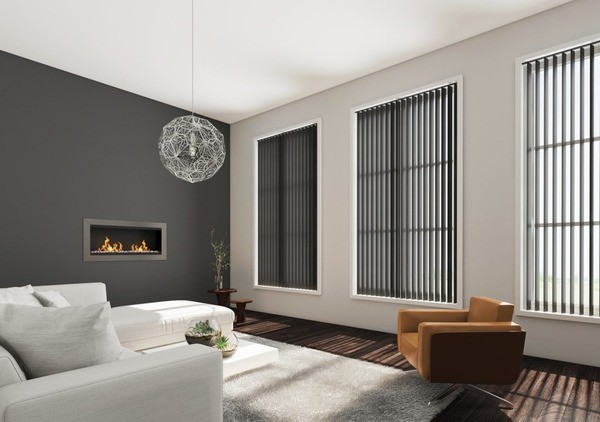
Is Faux Wood Blind Better than Wooden Blind?
There is no debate on the allure and beauty of wooden window blinds. Both wood blinds and Faux Wood Blind offer great styling to windows but have their own set of uniqueness. The decision can be overwhelming if you’re in love with a rustic interior.
Window Treatment plays a crucial role in home decor. They not only control light and privacy but also add style to a room. If you think like us, you want your blinds to be both functional and aesthetically pleasing. The choice often boils down to faux wood blinds versus wooden blinds.
Let's have a look at the benefits and drawbacks of these window treatments to understand which option might be the best fit for your home.
Advantages of Faux Wood Blinds
1. Cost-Effective
Faux wood blinds are generally less expensive compared to wooden blinds. If you’re on a budget, they offer the look of wood without the higher price tag.
2. Durability
Faux wood blinds are made from PVC or a composite material, making them highly durable. They are resistant to moisture, warping, and cracking, which makes them ideal for high-humidity areas like bathrooms and kitchens.
3. Low Maintenance
These blinds are easy to clean. A simple wipe with a damp cloth is often all it takes to keep them looking new. They don’t require the special cleaning products that real wood might need.
4. Versatility
Faux wood blinds come in various colors and finishes. This allows you to match them perfectly with your home decor.
Advantages of Wooden Blinds
a). Natural Beauty
There’s something timeless about the natural beauty of real wood. Wooden blinds add a touch of elegance and warmth that faux wood can’t quite replicate.
b). Customization
Wooden blinds can be custom-stained or painted to match your existing woodwork or furniture. This makes them a great choice if you’re looking for a tailored look.
c). Lightweight
Despite their sturdy appearance, wooden blinds are often lighter than faux wood blinds. This can make them easier to install and operate.
d). Insulation
Wood is a natural insulator. Wooden blinds can help keep your home warmer in the winter and cooler in the summer, potentially reducing energy costs.
Drawbacks of Faux Wood Blinds
A). Weight
Faux wood blinds can be heavier than wooden blinds. This might make them less suitable for large windows.
B). Appearance
While they mimic the look of real wood, some people feel that faux wood blinds don’t have the same authentic appearance or texture.
Drawbacks of Wooden Blinds
A). Cost
Wooden blinds are typically more expensive than their faux counterparts. If you have a lot of windows to cover, this can add up quickly.
B). Maintenance
Wood blinds require more care. They need to be cleaned with products that won’t damage the finish, and they may need to be refinished over time.
C). Sensitivity to Moisture
Real wood can warp or crack in high-humidity areas. This makes them less ideal for bathrooms and kitchens.
Customize Your Window Treatment with Sun Blinds!
Choosing between faux wood and wooden blinds ultimately depends on your priorities. If you value durability, low maintenance, and cost-effectiveness, faux wood blinds might be the better choice. On the other hand, if you prefer real natural beauty, customization, and insulation, wooden blinds could be worth the investment.
Think about where you plan to install the blinds and what qualities are most important to you. By weighing the pros and cons, you can make an informed decision that suits both your style and practical needs.
For further assistance connect with us right away! We are happy to serve you at your doorstep.




